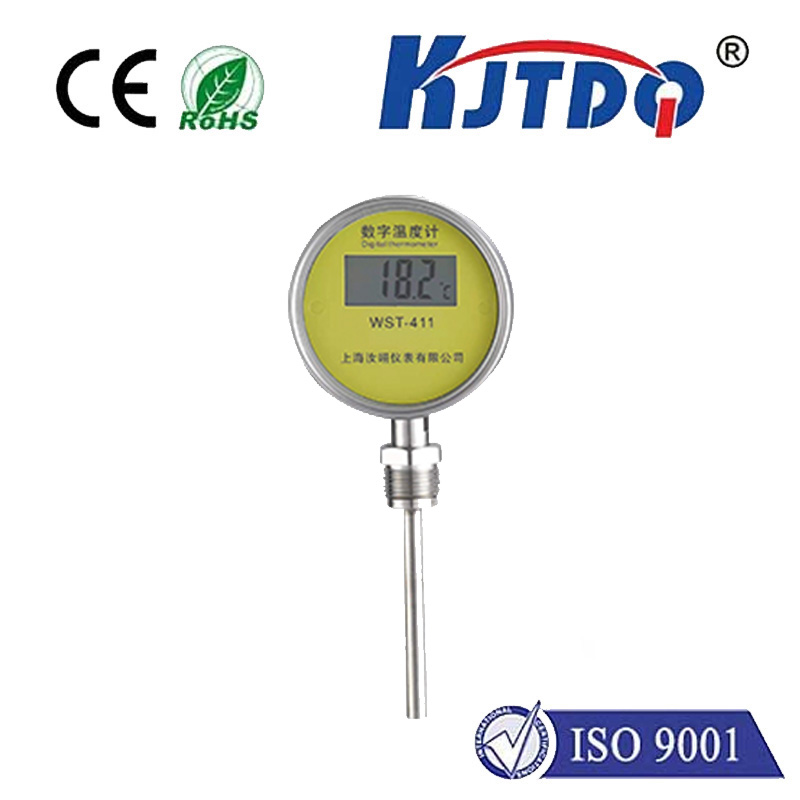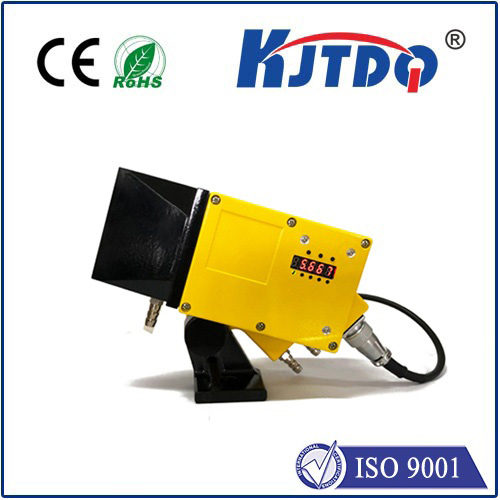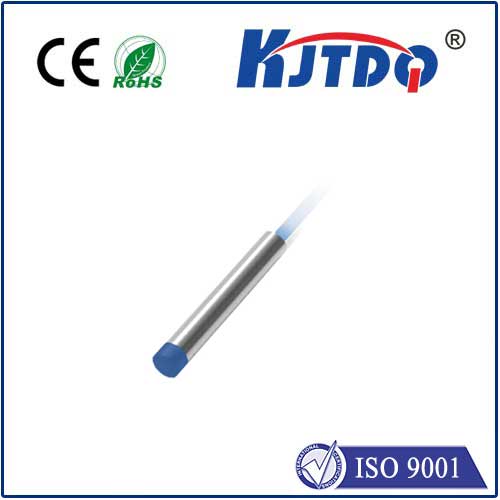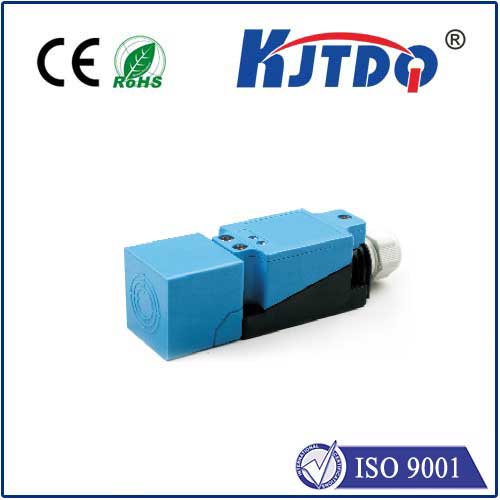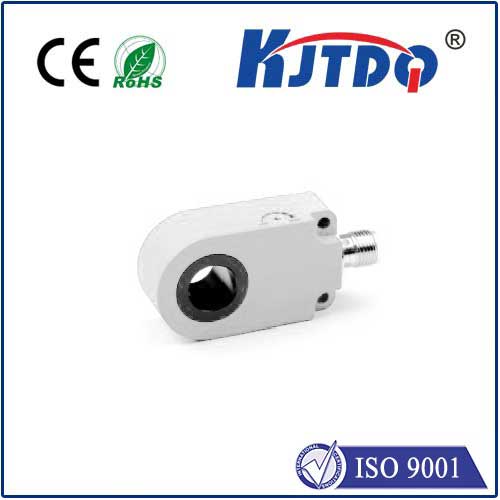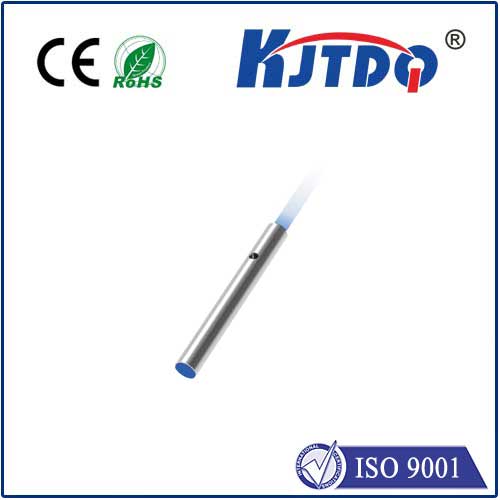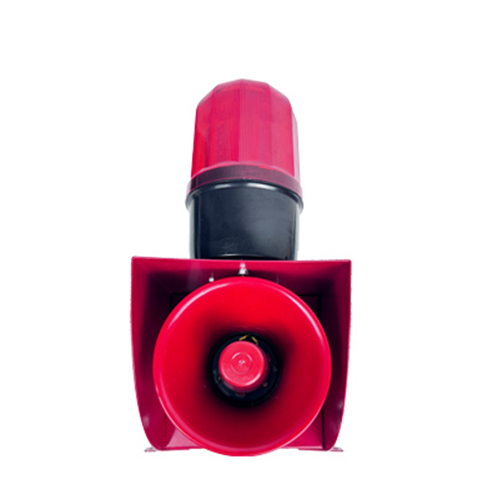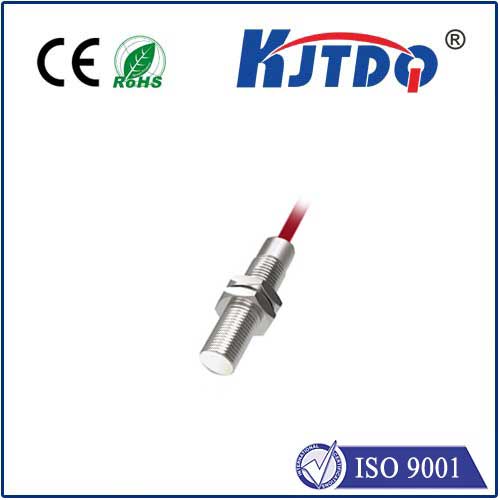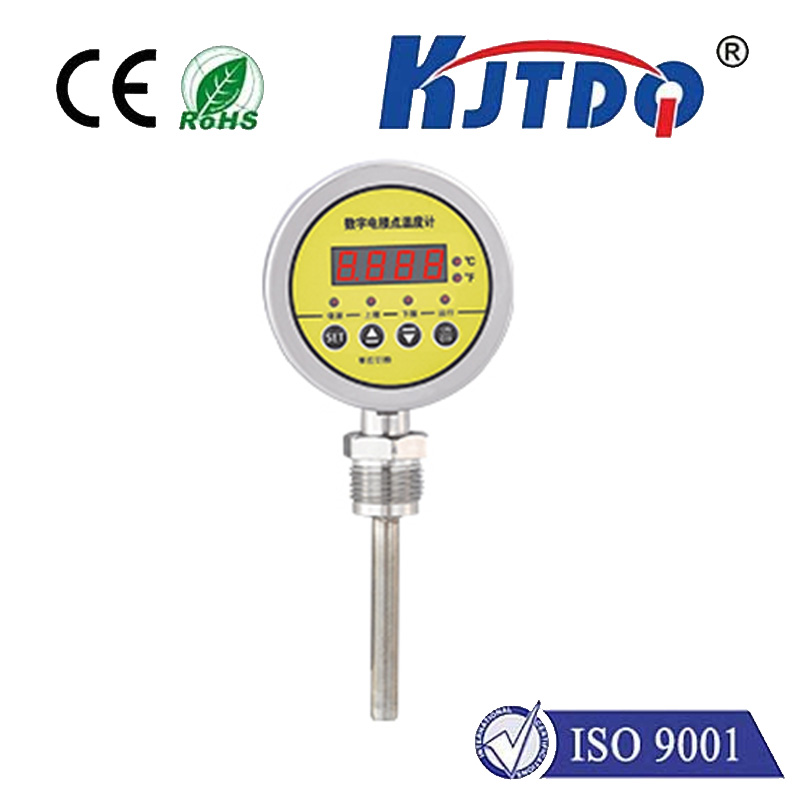apds 9960 proximity sensor
- time:2025-06-18 01:35:14
- Click:0
APDS-9960 Proximity Sensor: Features, Applications, and Development Guide
The need for touchless interaction and intuitive device control is surging. From smartphones that know when they’re near your ear to smart home devices controlled by a wave of your hand, proximity sensing technologies are fundamental. At the heart of many innovative solutions lies the integrated, versatile APDS-9960 sensor. What makes this tiny component so powerful and how can you leverage it? Let’s explore the capabilities of this remarkable sensor.
At its core, the APDS-9960 is a highly integrated module combining multiple sensing functions into a single, compact chip. Developed initially by Broadcom (now often associated with Vishay), it packs a sophisticated array of photodiodes and dedicated signal processing circuitry to deliver several key capabilities:
- Proximity Detection: This is the sensor’s primary function. It uses an integrated infrared (IR) LED (operating typically at 940nm) to emit light. The light reflects off nearby objects and is captured by dedicated proximity photodiodes. The sensor measures the intensity of the reflected light to determine the object’s distance.
- Ambient Light Sensing (ALS): Separate photodiodes measure the intensity of visible light in the environment. This allows devices to automatically adjust screen brightness based on surroundings, enhancing user experience and saving power.
- Gesture Recognition: This is where the APDS-9960 truly shines. By employing a unique configuration of four directional photodiodes placed underneath the lens, it can detect simple hand movements – up, down, left, right, near, and far. It analyzes the reflected IR light pattern across these diodes to interpret the direction of movement.
- RGB Color Sensing: While not its primary function for high-precision color work, it can detect the relative intensity of red, green, and blue light components, useful for rudimentary color detection or differentiating light sources.
Why Choose the APDS-9960?

Several factors contribute to the APDS-9960’s popularity and effectiveness:
- High Integration: Combining four distinct sensing functionalities drastically reduces component count, board space requirements, and simplifies design complexity compared to using separate sensors.
- Small Form Factor: Its compact size (often in 3.94 x 2.36 x 1.35 mm packages) makes it ideal for space-constrained designs like mobile phones, wearables, and small IoT devices.
- Low Power Consumption: Engineered for battery-powered applications, it features multiple low-power modes. The proximity engine can function with the rest of the IC asleep, and full shutdown mode draws minimal quiescent current.
- I²C Interface: Communication with a microcontroller or processor is streamlined via the ubiquitous I²C (Inter-Integrated Circuit) serial bus, requiring only two digital pins.
- Programmable Settings: Key parameters like IR LED drive current, proximity gain, ALS gain, integration times for ALS and color, and gesture detection thresholds are highly configurable via registers. This flexibility allows precise tuning for different applications and environmental conditions.
Unlocking Diverse Applications
The multifaceted nature of the APDS-9960 proximity sensor opens doors to numerous applications across various industries:
- Smartphones and Tablets: Automatically turns off the display and disables touch during phone calls when held near the ear. Ambient light sensing optimizes screen brightness.
- Gesture-Controlled Interfaces: Enables intuitive control in smart home devices (lights, thermostats), infotainment systems, presentation tools, and interactive displays through simple hand waves. Offers touchless hygiene in public interfaces.
- Wearable Devices: Powers display wake/sleep functions based on proximity to the wrist. Can enable basic gesture controls without touching the small screen.
- Robotics and Automation: Used for object detection, collision avoidance in close proximity, and simple gesture-based interaction commands.
- Industrial Controls: Implements touchless control panels in environments where wearing gloves is necessary or cleanliness is paramount.
- Proximity-Based Power Saving: Detects when a device (like a monitor or kiosk) is not in use and triggers a low-power sleep mode to conserve energy.
Getting Started: Development Essentials
Integrating the APDS-9960 into your project is relatively straightforward, largely thanks to excellent community and vendor support:
- Hardware Connection: The sensor requires minimal external components. Typically, you’ll connect the VCC (power, usually 3.3V), GND, SDA, and SCL pins to your microcontroller’s I²C bus. Decoupling capacitors near the power pins are crucial. The integrated IR LED usually doesn’t require external driving components, simplifying the design further.
- Software Libraries: Leveraging existing libraries drastically accelerates development. Popular platforms like Arduino have well-established APDS-9960 libraries (e.g., SparkFun’s or Adafruit’s libraries) that abstract the low-level register communication. For other microcontrollers (Raspberry Pi, ESP32, STM32), Python or C/C++ libraries are readily available. These libraries provide easy-to-use functions for initializing the sensor, reading proximity/ALS data, and enabling gesture detection.
- Key Configuration Steps: While libraries handle defaults, understanding and potentially adjusting key settings is vital:
- Proximity: Set the IR LED current (
PROX_PPULSE registers) and proximity gain (CONFIG2 register) based on your detection range and object reflectivity needs. Range is typically 0-100mm or slightly more, highly dependent on setup.
- Gesture: Configure gesture gain (
GCONF2), LED drive current for gestures (GPULSE), proximity detection threshold to start gesture engine (GPENTH), and gesture exit threshold (GEXTH). Adjusting timeouts and the number of FIFO datasets per gesture (GCONF3, GCONF4) fine-tunes recognition accuracy.
- ALS/Color: Set integration time (
ATIME) and gain (CONTROL) for the desired light sensitivity range. Remember its color sensing is basic.
- Orientation Matters: The sensor’s directional photodiodes require correct placement. Ensure the sensor is oriented with its photodiode directions matching the intended gesture axes (up/down, left/right). Consult the datasheet for the diode layout.
- Environmental Considerations: Highly reflective surfaces or direct sunlight can saturate the photodiodes or cause false triggers. Ambient IR sources (like incandescent bulbs) can interfere. Careful sensor placement, optical barriers (baffles/tubes), IR filters, and software filtering (averaging readings, setting appropriate thresholds) are essential for robust performance. Understanding its field-of-view is critical.
- Interpreting Data: Proximity and ALS/Color data are typically read






